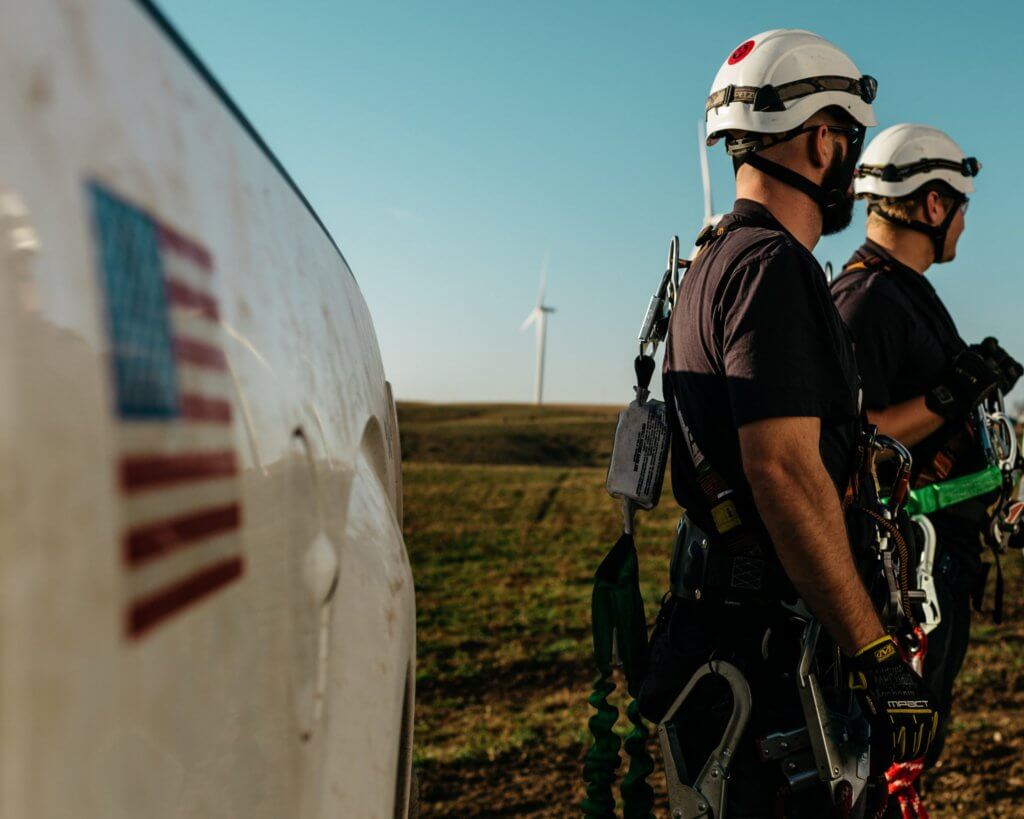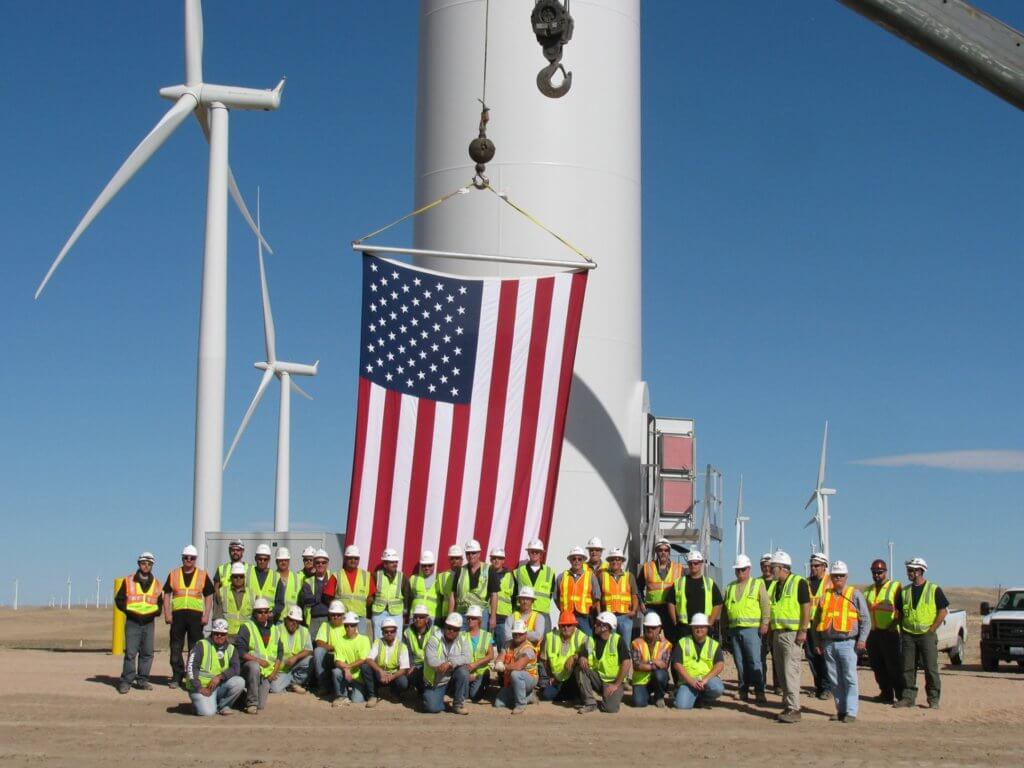News roundup: Feds to review energy use, the wind blows in Alabama, and Maine offshore makes waves
It’s Tuesday, and President Obama has announced his quadrennial energy review; in Alabama, wind power is cheaper than existing coal; and in Maine, folks are ready for offshore wind.
As North American Windpower reports, President Obama has directed federal agencies to launch a quadrennial energy review, with the first report due in January 2015.
- “Unlike the long-standing Quadrennial Defense Review, a legislatively mandated report of U.S. Department of Defense priorities and strategy, the QER is an executive order that creates a task force that essentially includes all executive departments and agencies with any effect on energy policy, production or consumption.”
- “The American Wind Energy Association (AWEA) has released a statement regarding the directive. ‘We welcome the next Quadrennial Energy Review and the process to engage multiple agencies and stakeholders,’ says Rob Gramlich, AWEA's senior vice president for public policy. ‘So much has changed in the last four years – including an over 40 percent drop in the cost of wind energy – that it is time to review the nation's energy strategy and find ways to make the nation's considerable clean, affordable, and homegrown energy available to all Americans.’”
The Southern Alliance for Clean Energy points out that increasing costs in Alabama’s aging coal fleet are making wind power an attractive proposition for the state:
- “Newly updated research shows that Alabama is still high on the list of states with coal plants that may be more expensive to maintain than to replace with cleaner sources, as we noted in an earlier blog. The report, an update of the Union of Concerned Scientists’ Ripe for Retirement using 2012 numbers (the most recent available), indicates that 22 coal-fired generators at 7 Alabama plants — most owned by Alabama Power — are more expensive than new wind generated in the Southeast.”
- “[W]ind companies are increasingly interested in building wind farms in the Southeast as the Midwest transmission system becomes saturated — so that regionally produced wind resources, like those the report uses for comparison with the cost of coal, may soon be available. In fact, two farms are under active development in Alabama. Alabama Power is also importing 404 MW of wind energy from Oklahoma and Kansas, and even at that distance it’s still economical.”
The Portland Press Herald wants Mainers to know that offshore wind power is good for the Pine Tree State, with the potential to turn it into an industry leader:
- “The high cost of heat and electricity ships billions out of state every year and puts our industry at a disadvantage. Reducing the costs of heating, lighting and operating equipment should be a major goal of state policy and crucial to our economic future. But with that end in mind, the state should be willing to take on a small increase in electric rates if it would do something in the long run about our energy disadvantages. The Maine Aqua Ventus offshore wind project is such an opportunity.”
- “After the floating turbines off Monhegan, the next step would be to build a 500-megawatt wind farm 10 miles from shore, which would produce power at prices competitive with coal and gas. According to documents filed with the PUC by Aqua Ventus, that would be a $2.5 billion project, which would generate about $300 million in annual revenue – a little less than what the entire lobster industry produced in 2012.”
- “That future is far from assured and at best it will take years of trial and error to make it work, but awarding this contract now is an essential step to achieving that goal.”
Sources:
Staff, “President Obama Orders Quadrennial Energy Review.” North American Windpower. 13 January 2014.
Amelia Shenstone, “UCS Report: Wind Cheaper than Keeping Alabama Coal Plants Alive.” Southern Alliance for Clean Energy. 13 January 2014.
Editorial, “Our view: Offshore wind the right investment for Maine.” Portland Press Herald. 14 January 2014.




